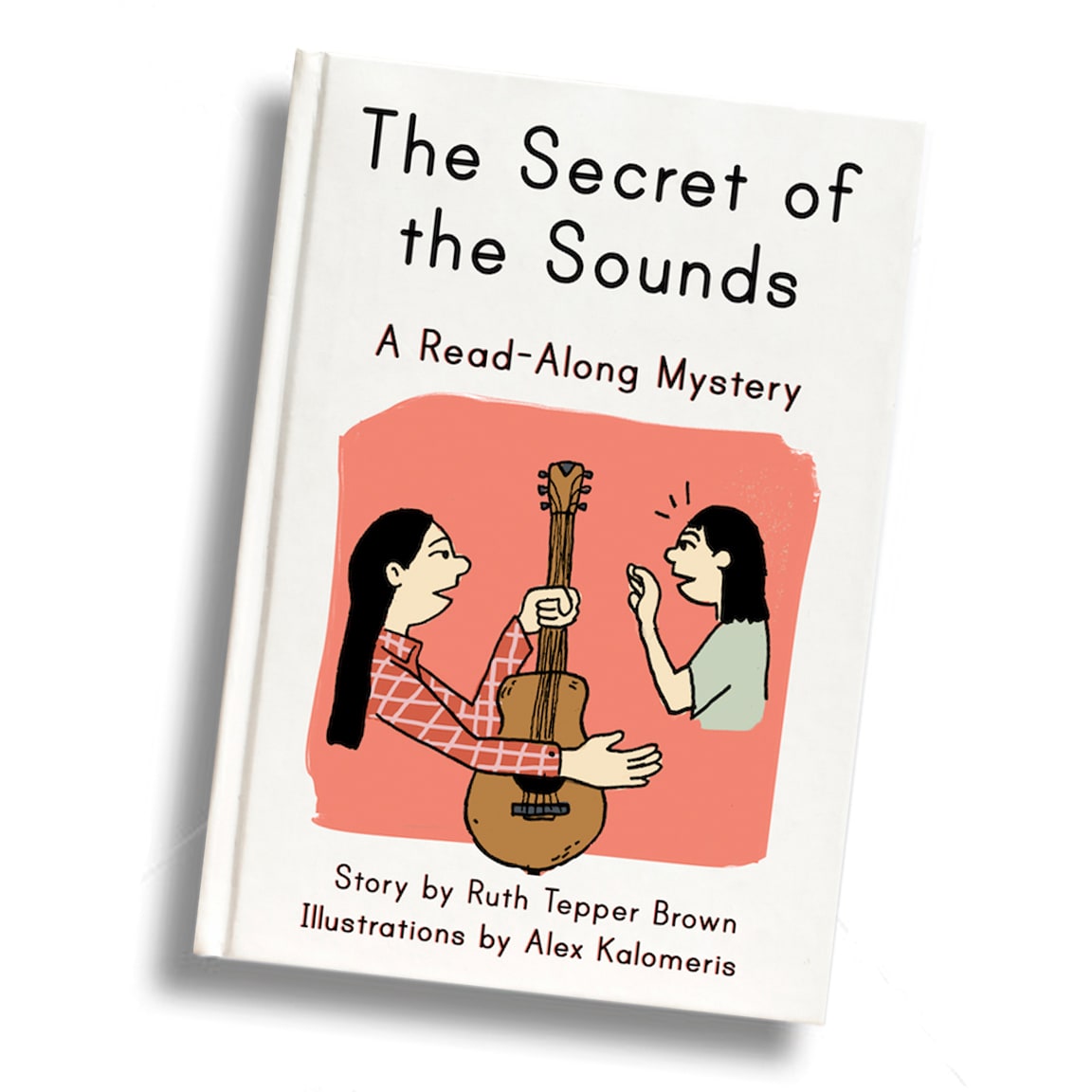

Hello. I’m Lin.
This is my big sister, Sato.

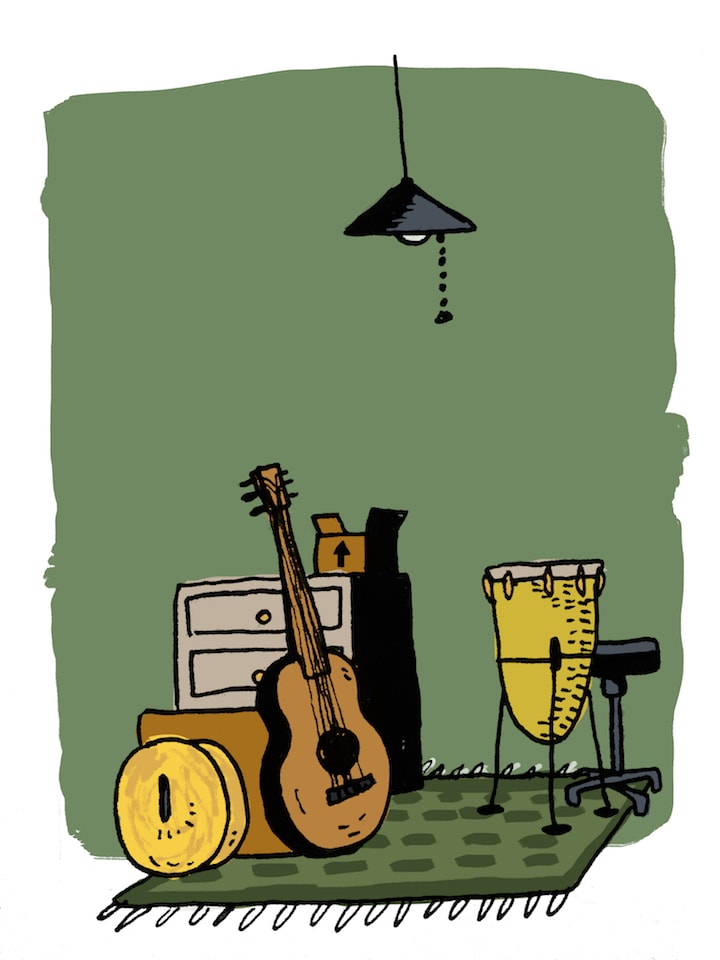
Sato is in a band with her friends.
They keep their instruments in our garage.




I wondered, “How is it making that sound?”


I reached out to touch the strings as Sato played.
I wanted to see how they felt.

Stop & Talk

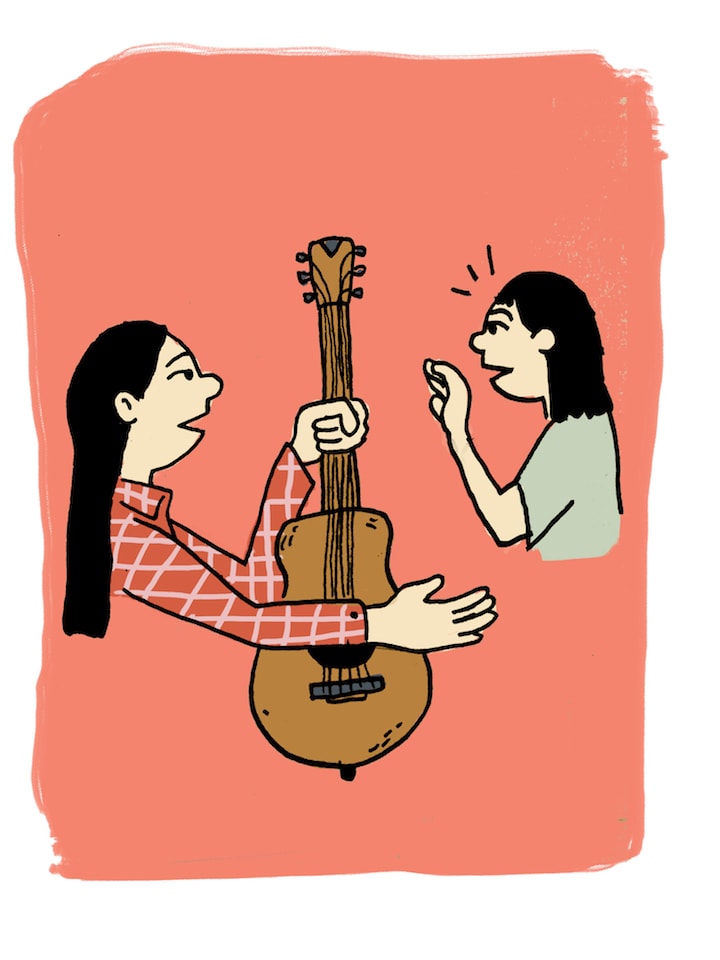
Sato said, “Don’t touch the strings. It makes the sound stop.”
“Let me try again,” I said. “I’ll be so gentle!”

Sato strummed her guitar.
I put my hand on the strings so softly…but the same thing happened. No music!

“Why did the sound stop?” I asked.
“Did you feel the strings wiggling?” Sato asked.
“Yes,” I said. “Then they stopped.”
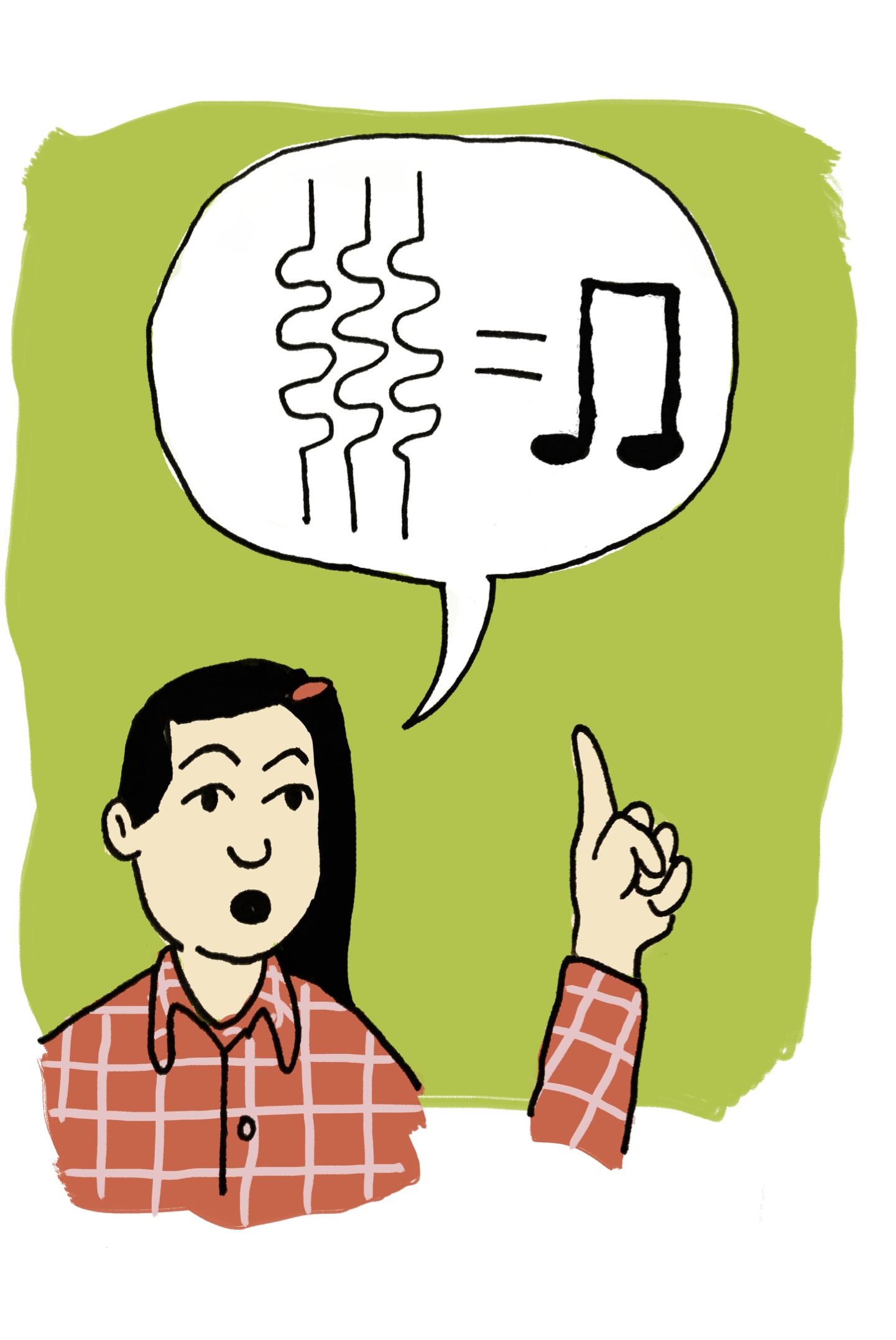
“The strings were wiggling really fast,” she said.
“Those wiggles are called vibrations. You need vibrations to make sounds.”


Get Up & Move!
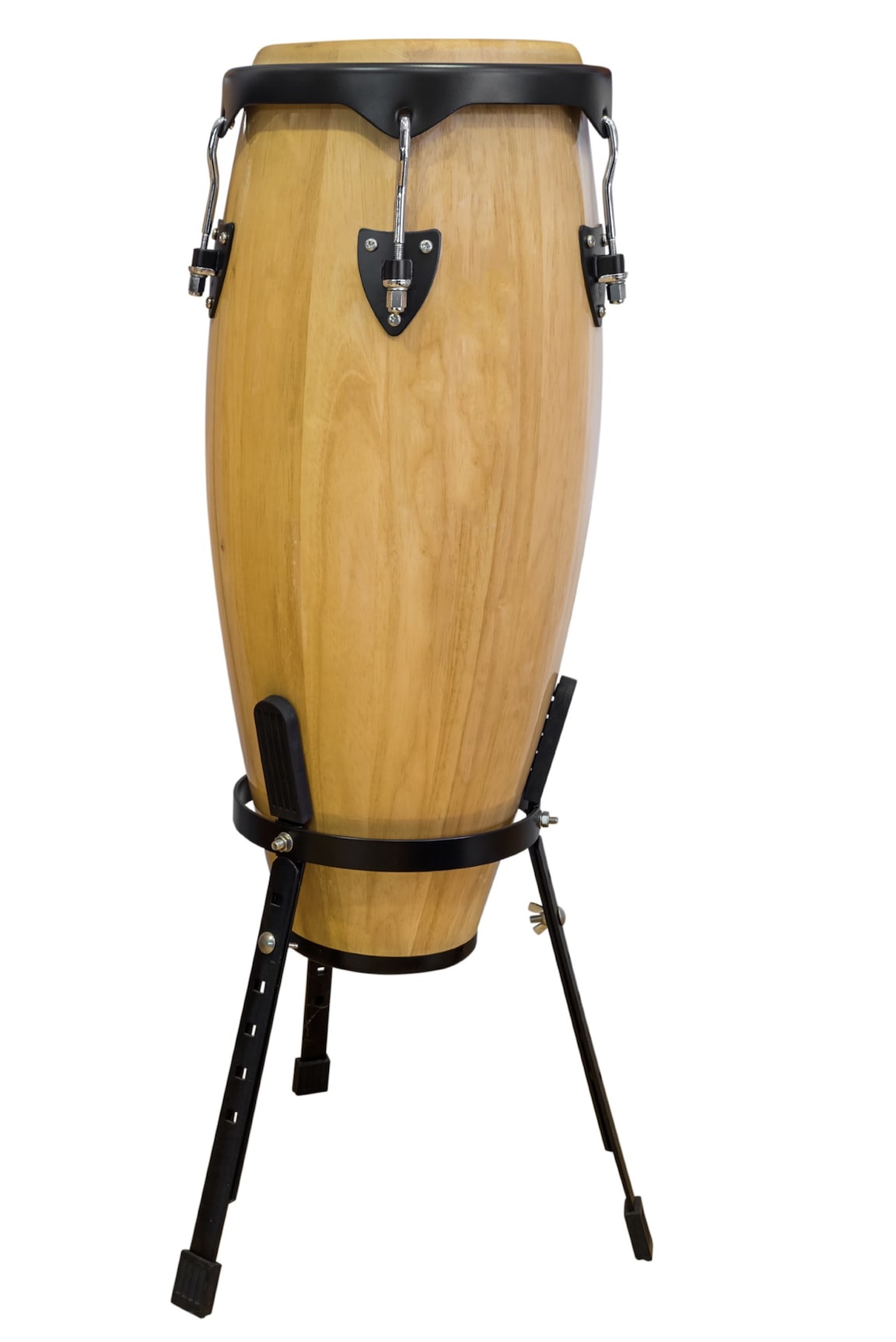
Sato picked up Ben's bongo drum.
"Do you want to try again with Ben's drum?" she asked.
"Yes!" I said.
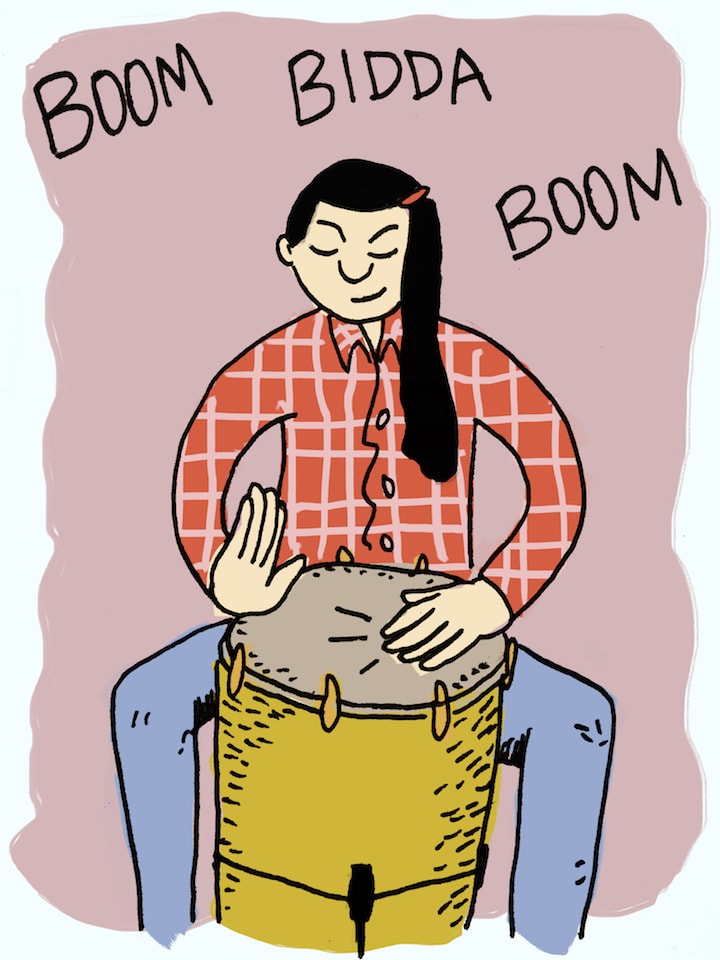
Sato played a rhythm on the bongos.

After a minute, I put my hand on top of the drum.
Sato kept playing, but the drum made a new sound.
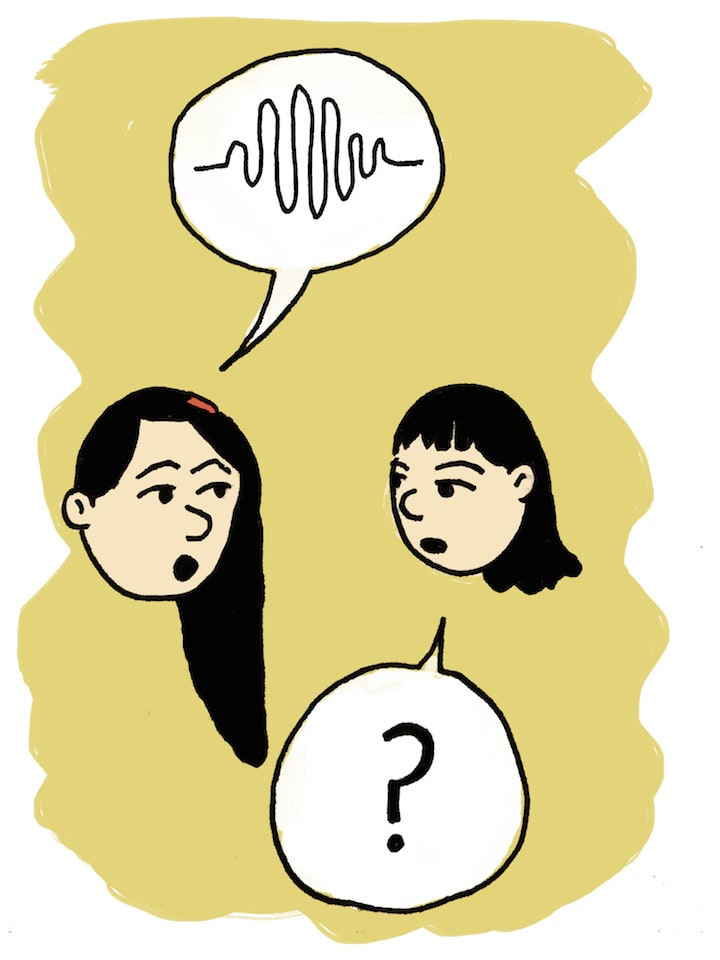
“If you change the vibrations,” Sato said, “you change the sound.”
“But drums don’t have strings,” I said. “What’s vibrating?”
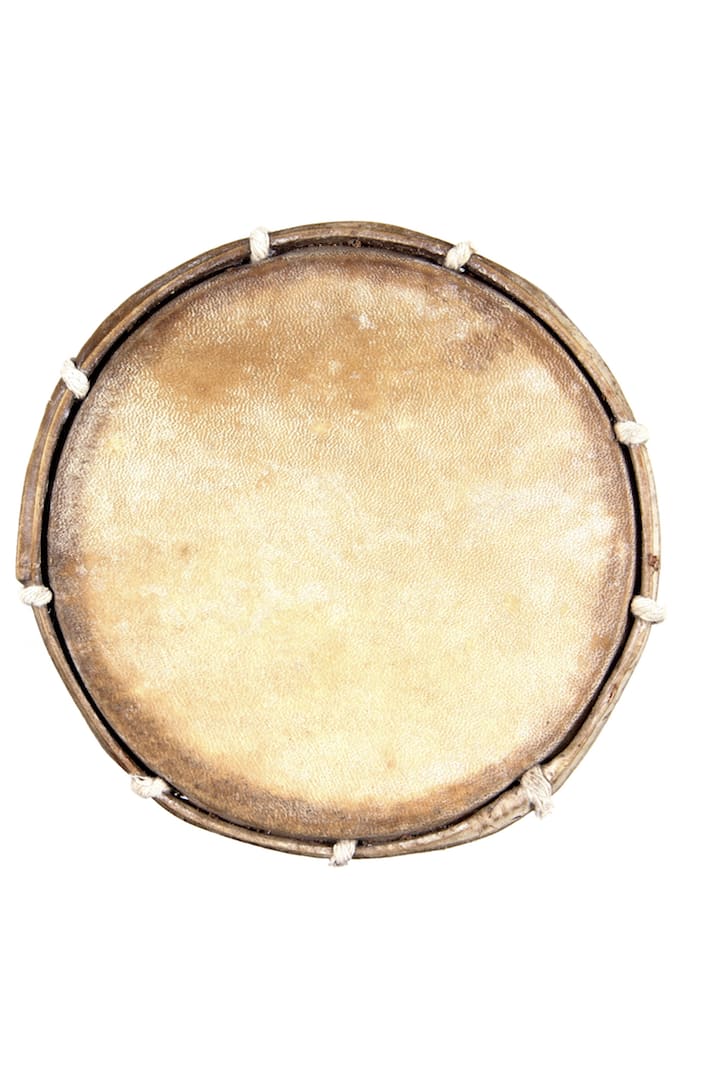
Sato smiled and tapped the top of the drum. I could see it was stretched tight.
“The top of the drum vibrates when you hit it,” she said.


Stop & Talk
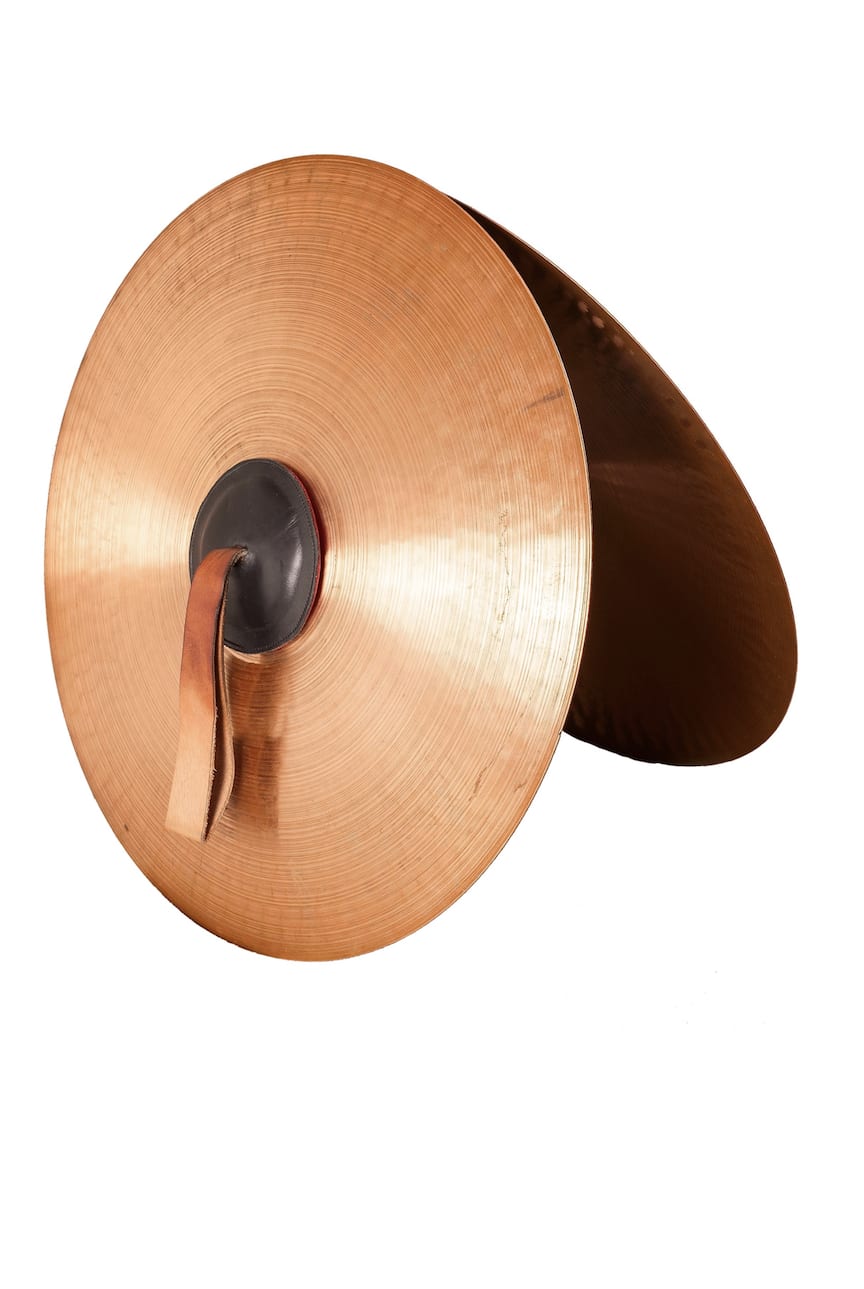
“Let’s do Emmie’s cymbals,” I said.
“There are no strings. Nothing is stretched tight. Maybe I’ll be able to feel them better.”

Sato picked up Emmie’s cymbals.
“Ready?” she asked.
Then she banged the cymbals together.
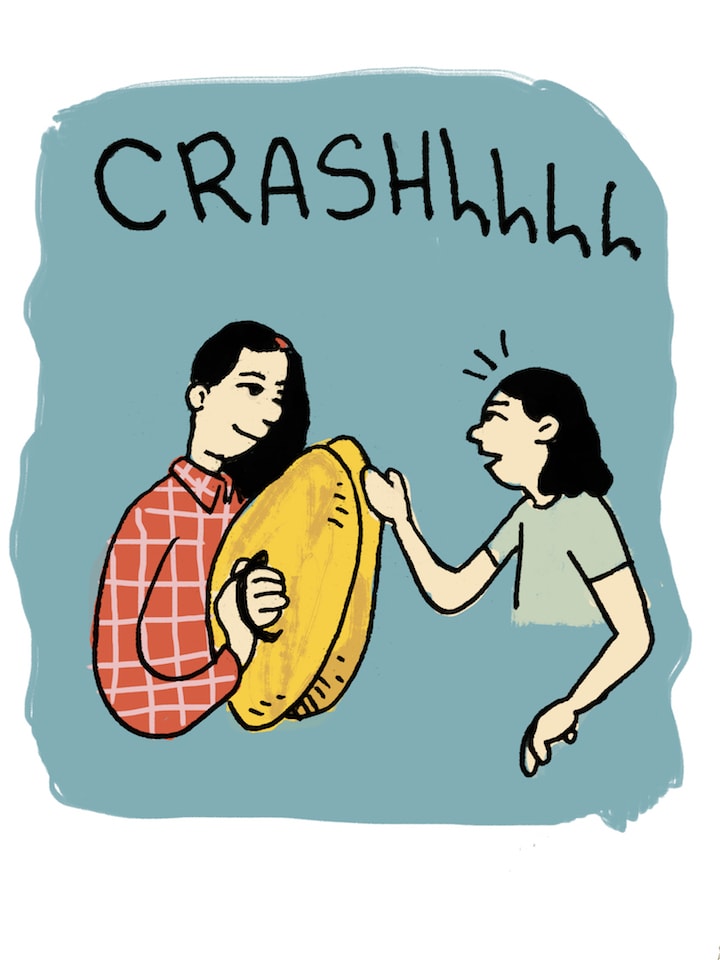
I put out my hands and gently touched the edges of the cymbals.
“I can feel the vibrations!” I cried.
The sound slowly died away.

Just then, Ben and Emmie came in.
“What are you guys doing?” they asked.

“Playing with vibrations,” I answered.
“That’s what music is all about!”
THE END
This simple sound experiment from San Francisco's Exploratorium lets your students experiment with sound—without making a lot of noise. Each student will need a piece of string or yarn that’s at least 3 feet (1 meter) long. Students can work on their own, but we suggest students work in pairs so they can discuss their ideas with one another.
Follow the instructions here. Encourage students to experiment to figure out how to change the sound. (They can make it higher by pulling the string tighter and lower by loosening the string.)
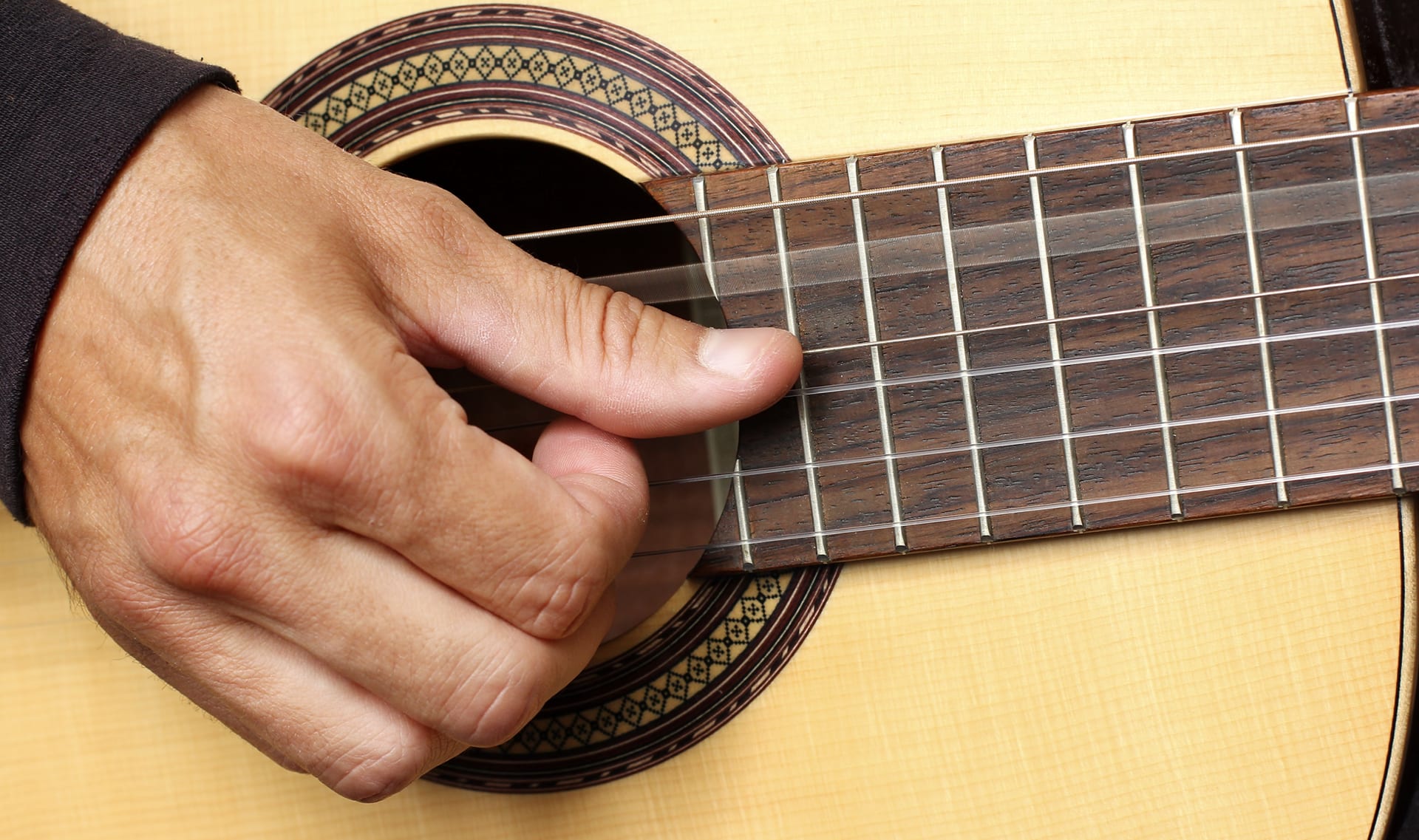




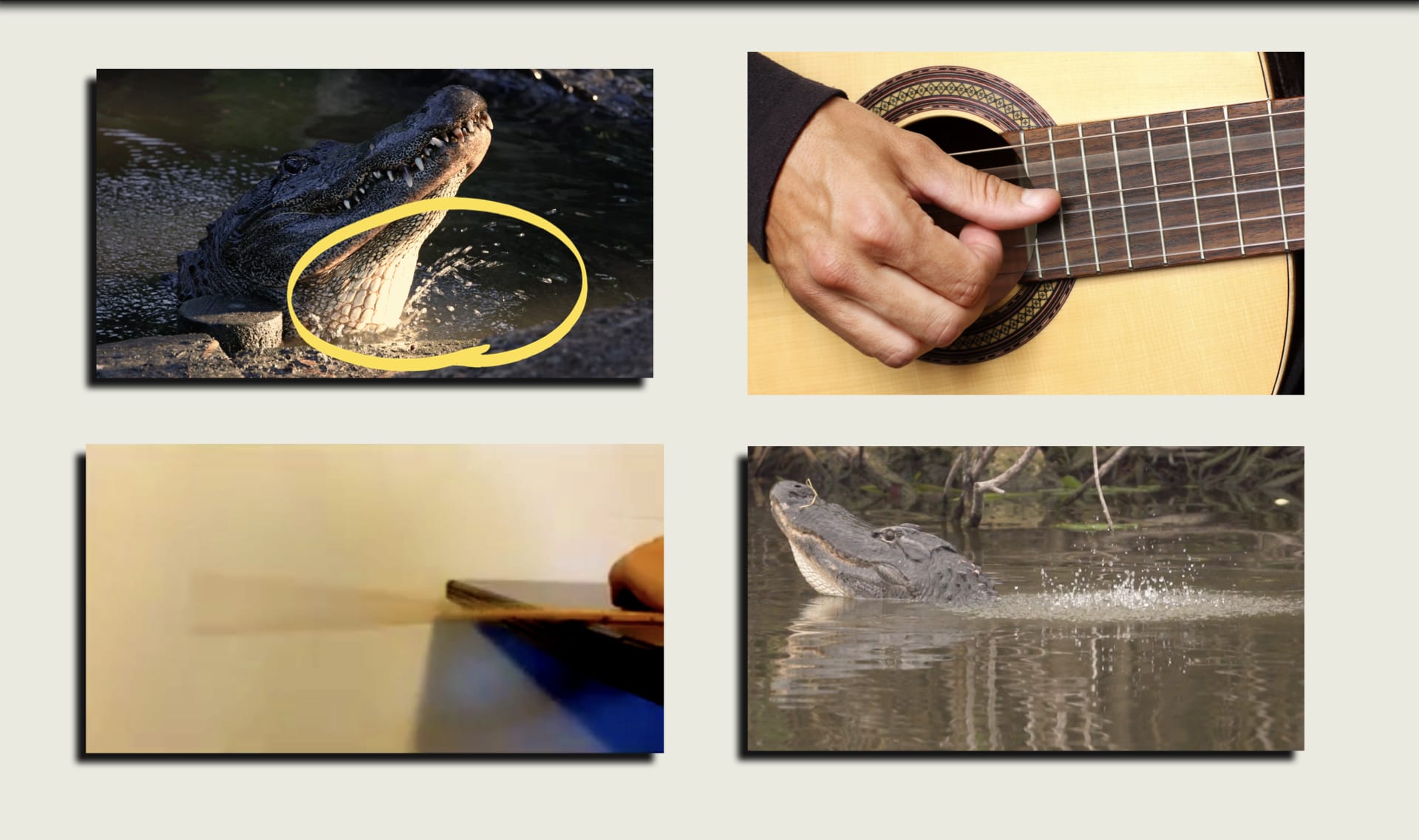

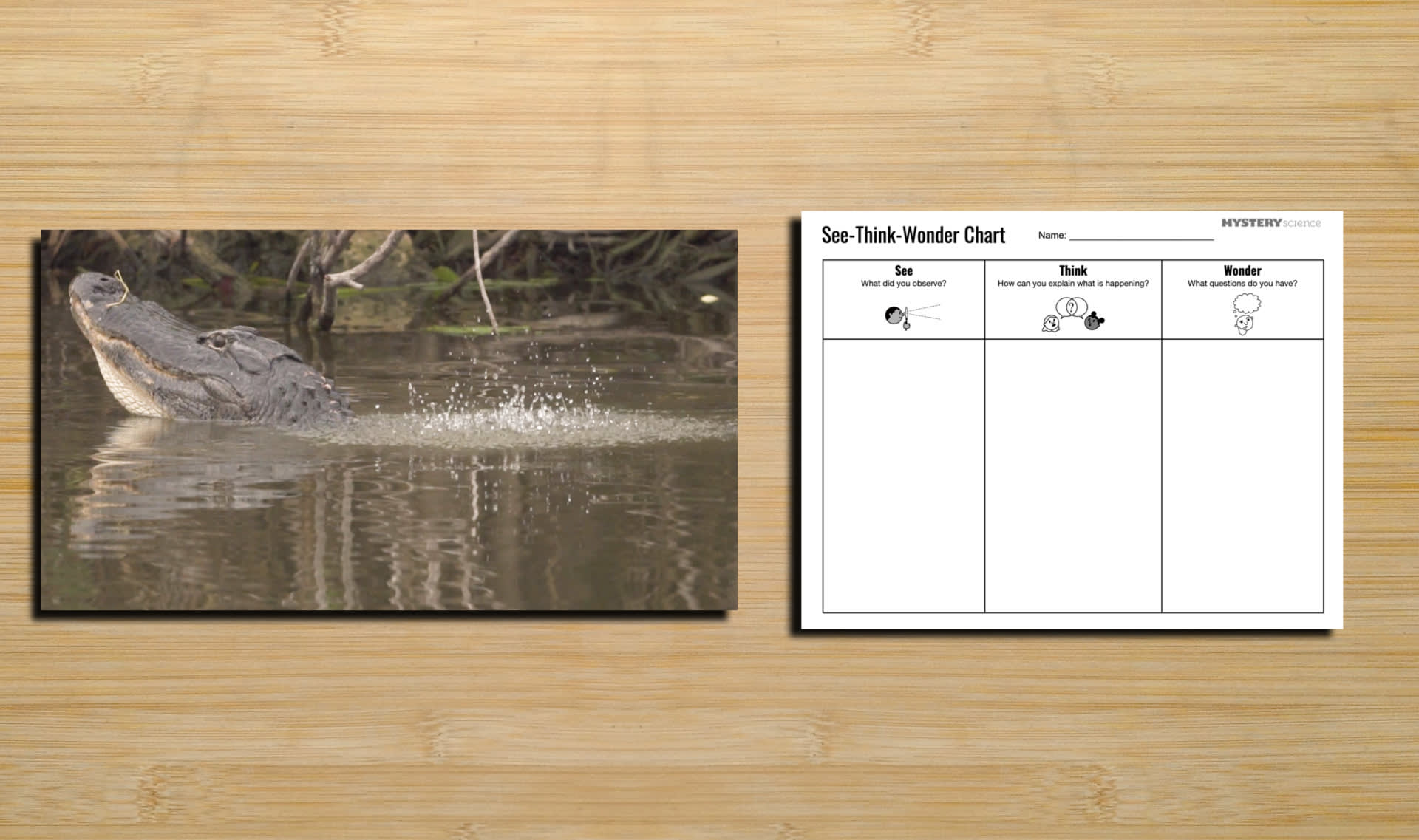


vibration

